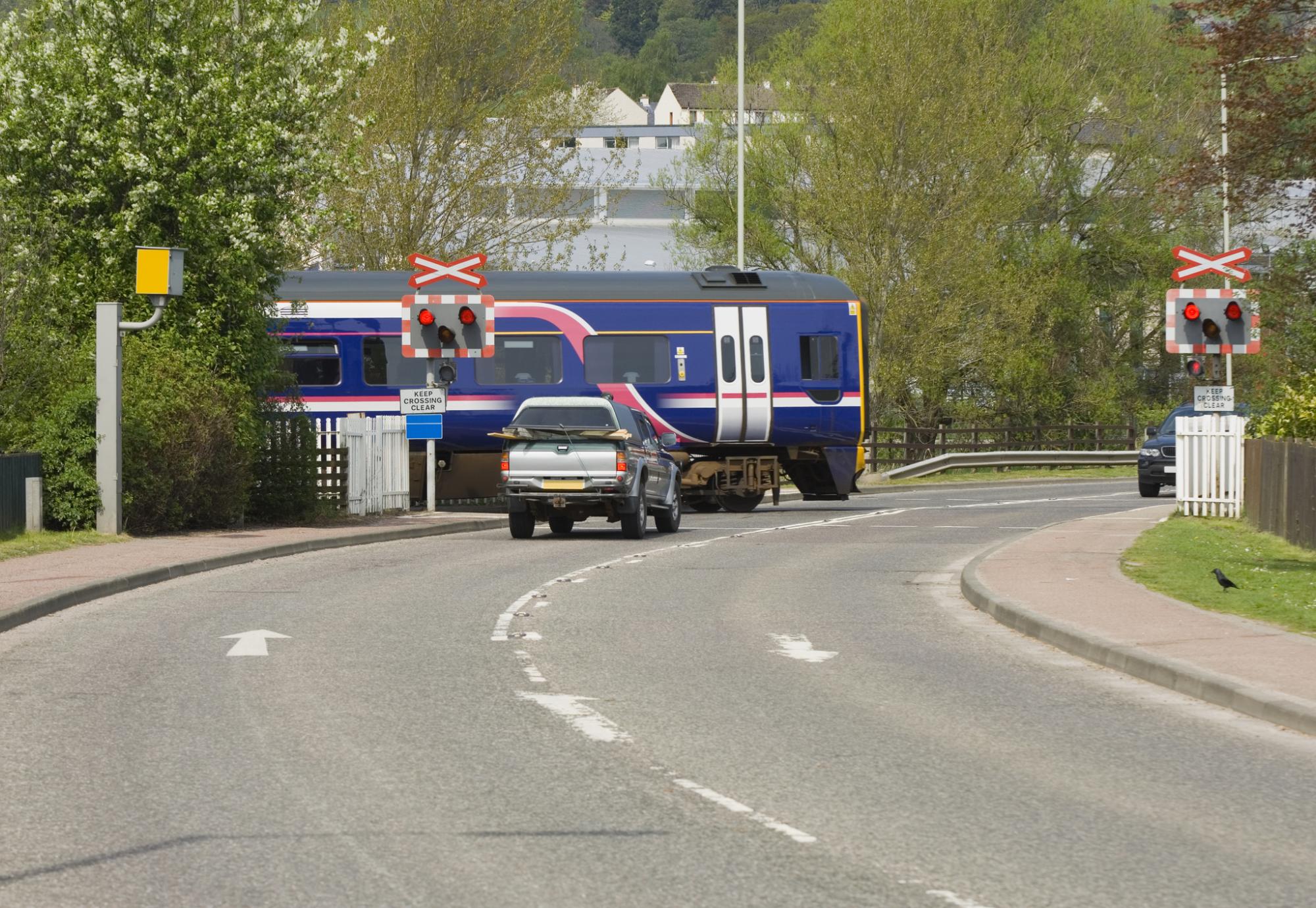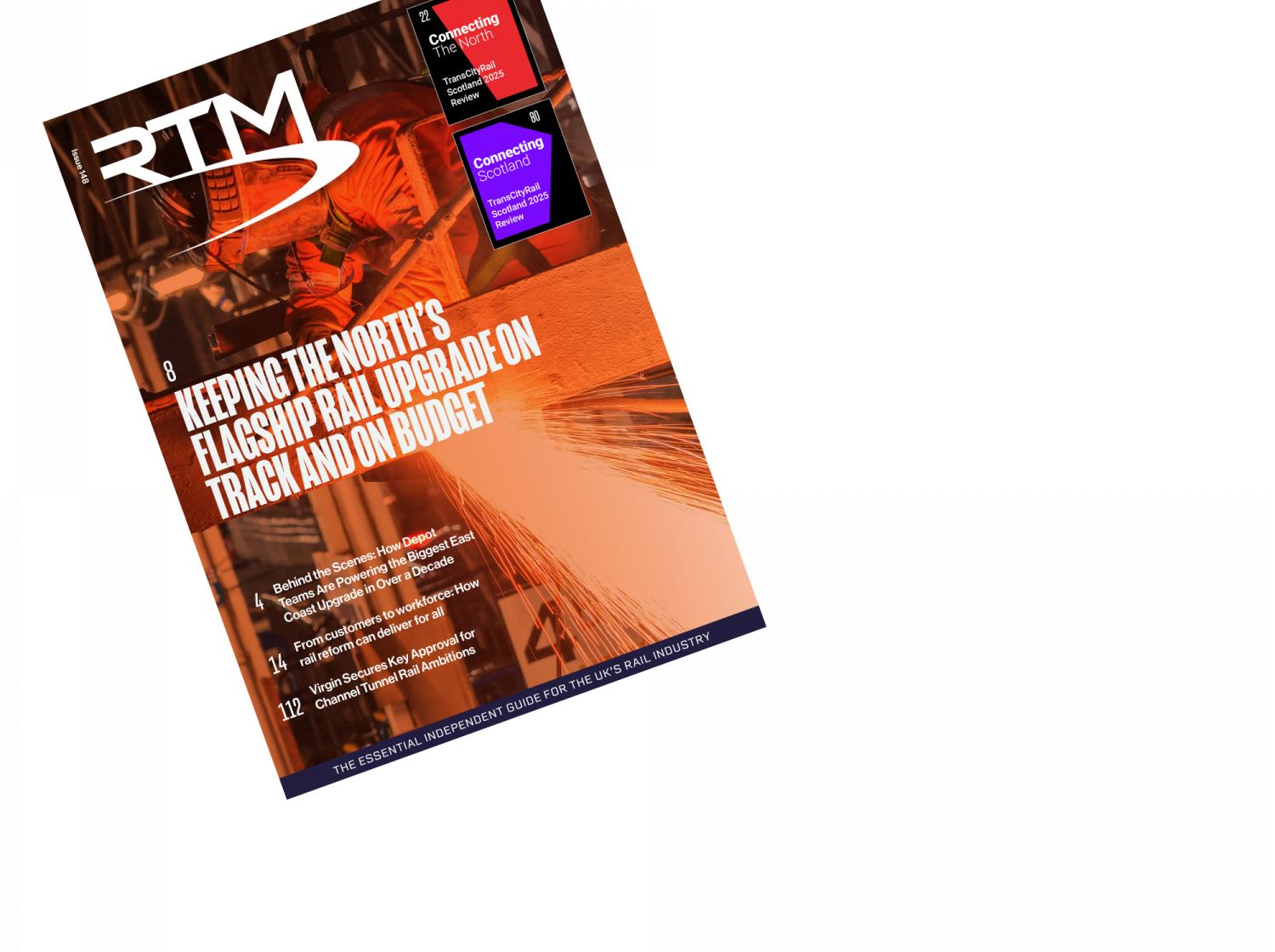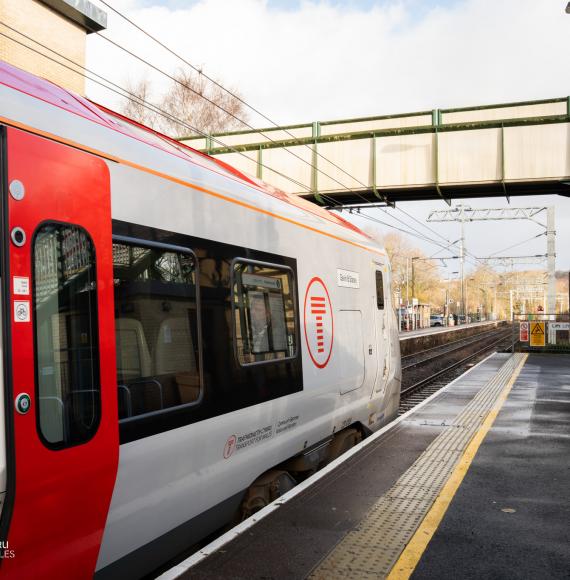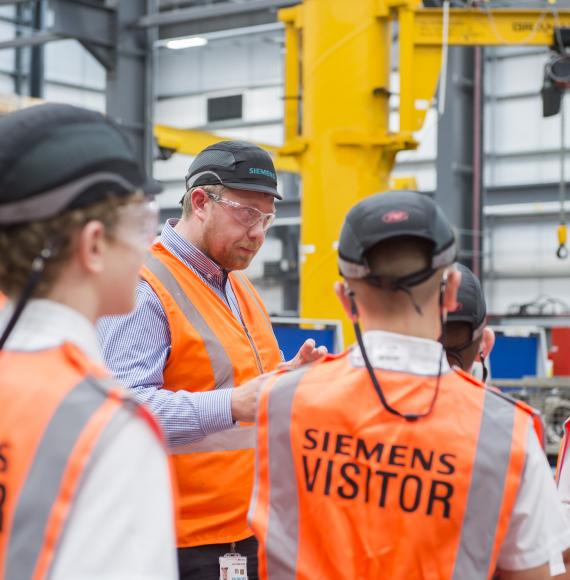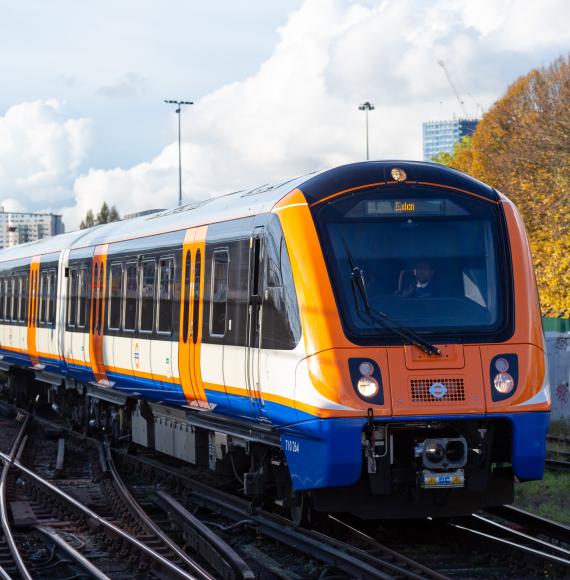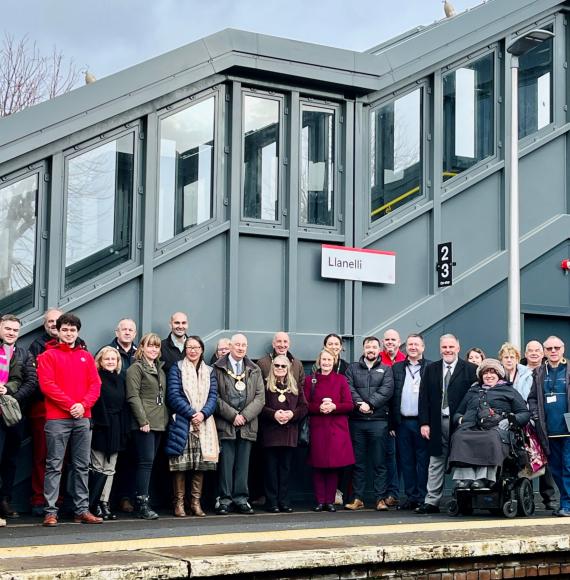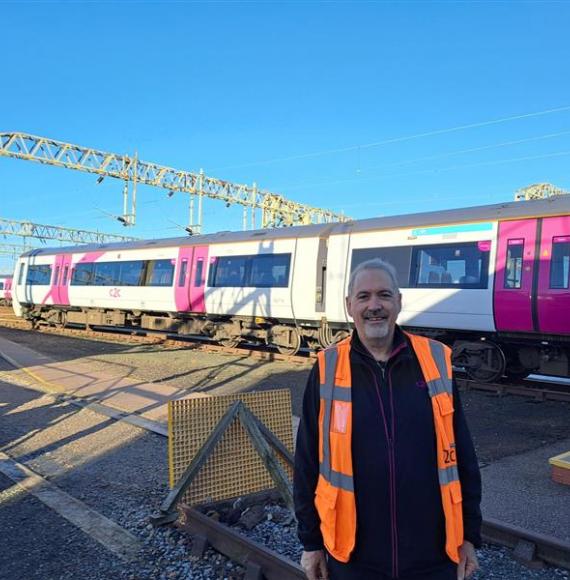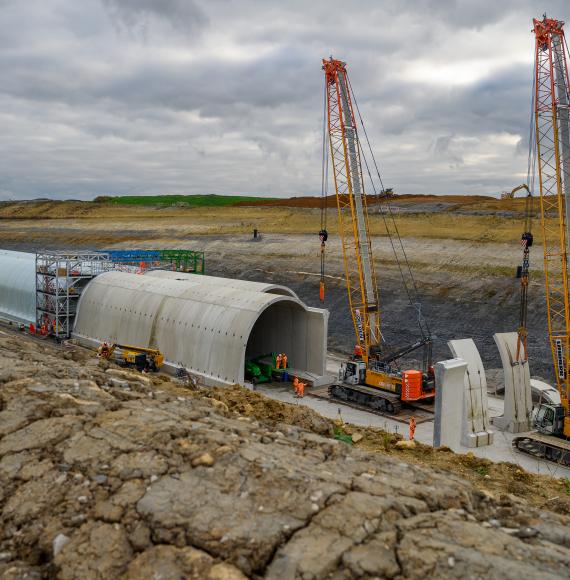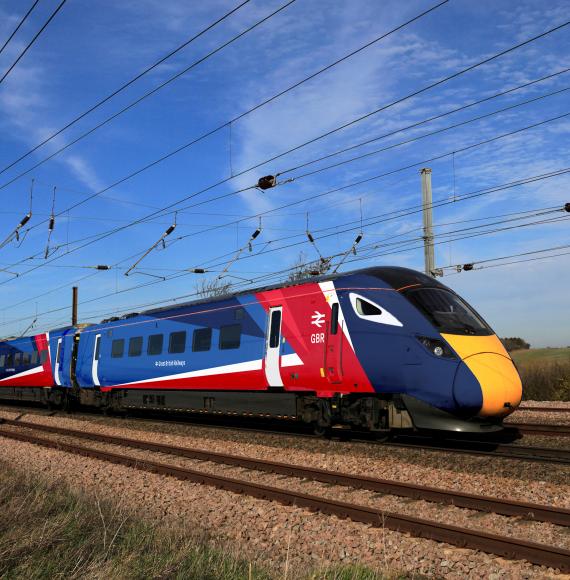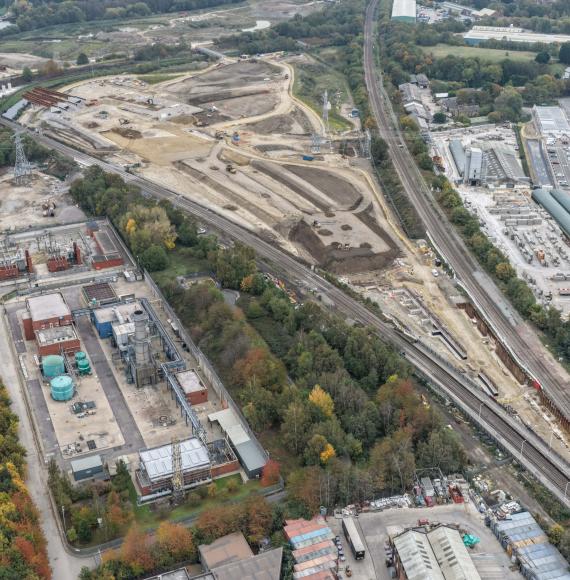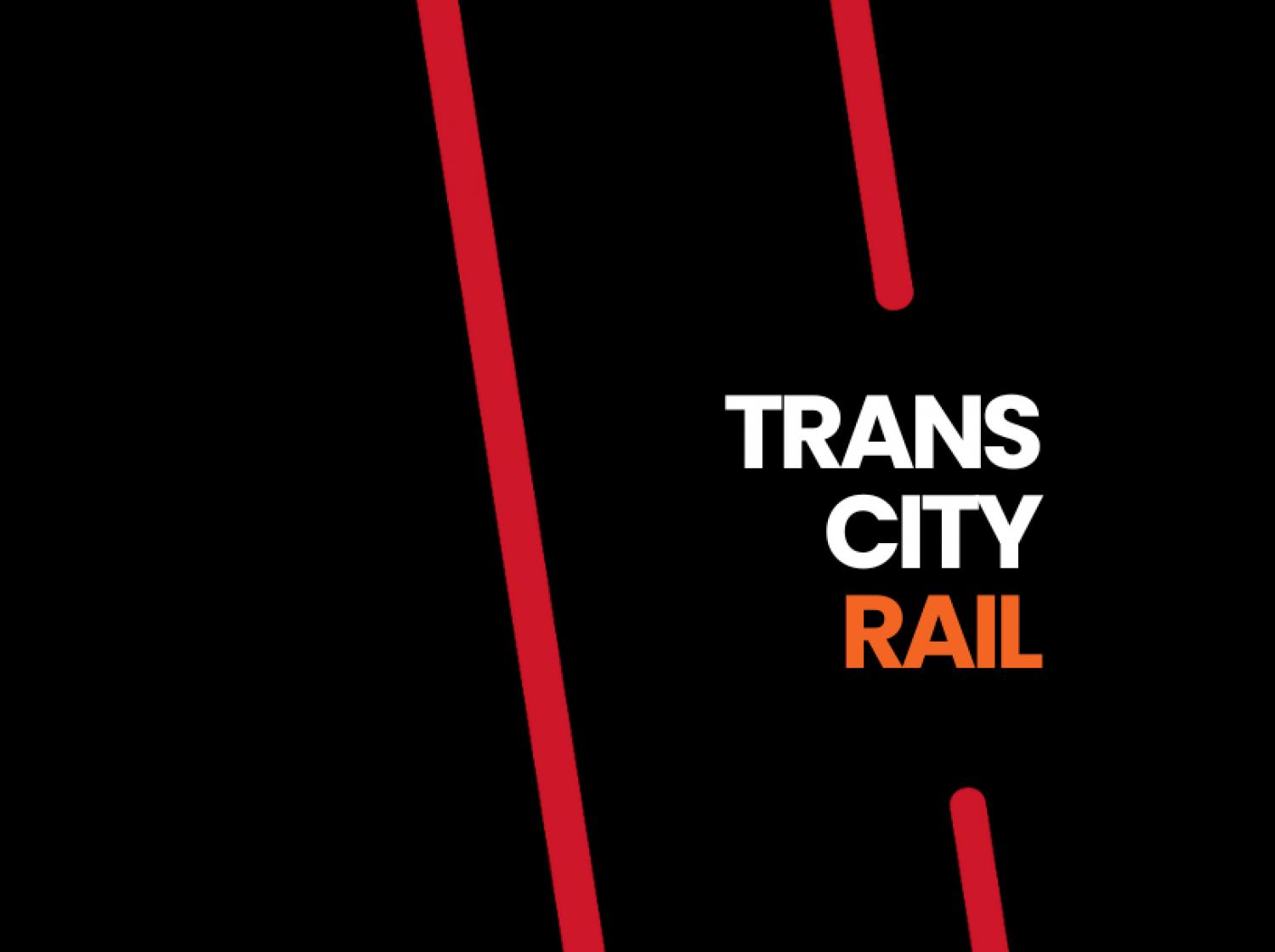New guidance has been published by the Office of Rail and Road (ORR) to support Network Rail, heritage and other non-mainline railways, as well as local authorities, to support the management of risks at level crossings.
The new guidance - Principles for managing level crossing safety - emphasises the need for risk to be reduced through level crossing design or through an alternative way of crossing the railway line where reasonably practicable. It also covers the importance of considering how level crossing are used.
There are currently around 5,800 level crossings on the mainline railway, with around another 1,500 on heritage railways.
Safety at crossings has been improved in recent years.
The ORR guidance backs a risk-based approach, ensuring cost is taken into account when considering safety measures, but does not specify requirements or solutions. This is to allow a proportionate, case-by-case approach to be made by duty holders.
To support the new guidance, ORR has published a series of examples to demonstrate how the principles may be applied in practice.
Ian Prosser CBE, HM Chief Inspector of Railways, ORR said: “With more than 7,000 level crossings in Britain, there is no one size fits all approach to safety. Every level crossing is different and risk assessments should take account of the circumstances of each one.
“We’ve acted on feedback from our consultation to improve the clarity of the principles and factors in the new guidance.
“Our guidance will help support industry to make informed decisions about managing level crossing risks and encourage a collaborative approach to improve safety for all level crossing users.”
The new guidance follows a consultation in January which found the industry welcomed the focus on managing level crossing risk in a collaborative manner.
The new principles mark a step change from previous guidance, known as RSP7, which described level crossing methods of operation and layout. RSP7 will be withdrawn from use over time.
Rob Wainwright, Head of Level Crossings at Network Rail and Chair of the industry level crossing strategy group, added: “We welcome this update of the level crossing guidance and the move towards a more risk-based principles approach, and I’d like to thank the ORR for allowing the wider level crossing community and stakeholders to engage and input into this process.
“Having worked with the ORR on some of the case studies to come, I am in no doubt they will be a great support in encouraging the risk-based approach required of us to effectively manage our level crossing estate.
“The principles will encourage more effective collaboration and greater innovation in level crossing risk management, which will ultimately reduce risk at level crossings in the future.”

